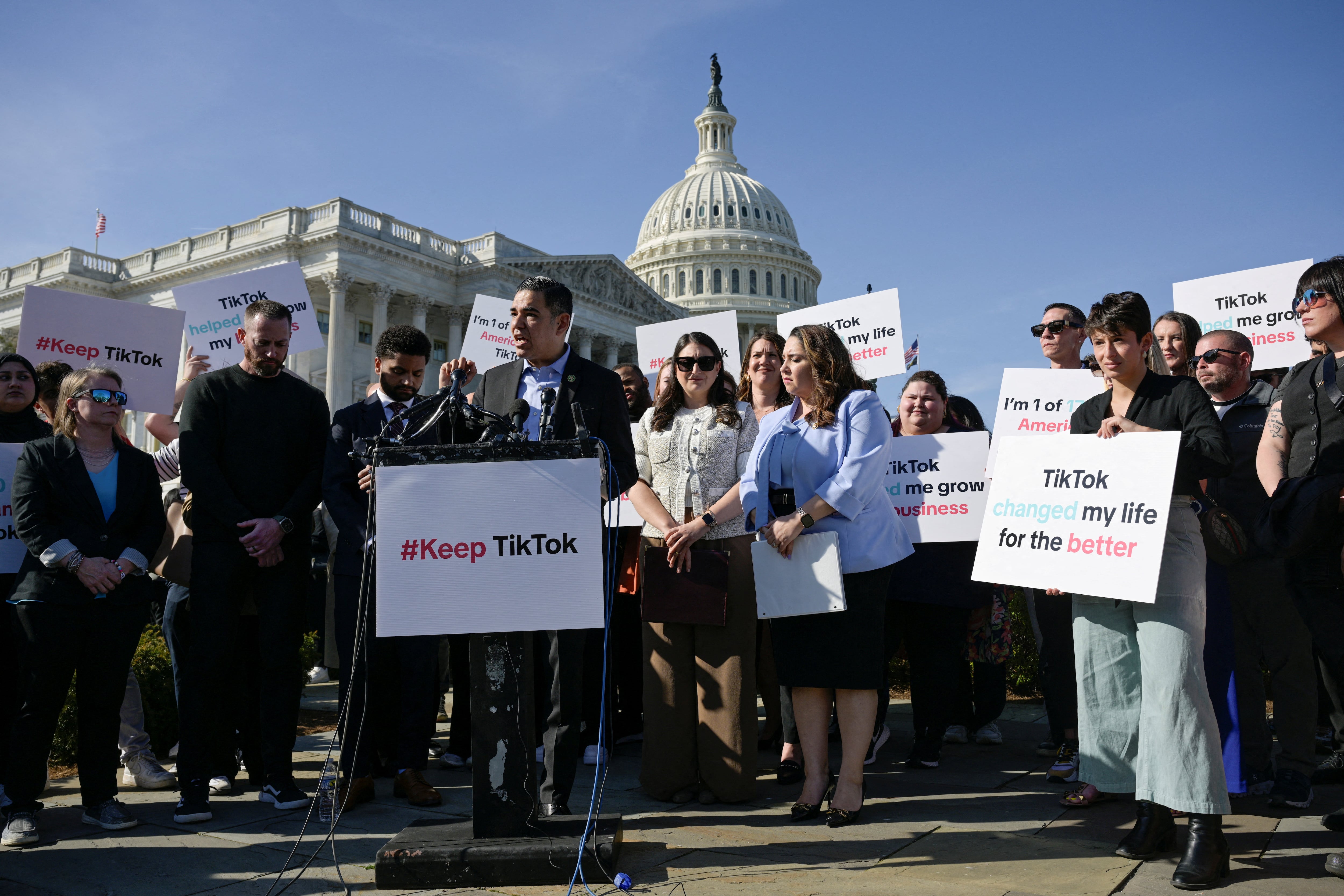Investors in private real estate funds have a problem: Even as the prices of office buildings and other commercial properties tumble, their holdings are locked up, possibly for years.
Wall Street has an answer. They’re called secondary funds, and they exist to buy out private stakes that otherwise might be hard to sell — but at a substantial discount. Lately, secondaries focused on real estate have become a hot ticket.
Goldman Sachs said in June that it had raised a record $3.4 billion for its third real estate secondary fund, Vintage Real Estate Partners III — the largest such fund in Wall Street’s history. (For the fund’s predecessor, which closed in 2020, Goldman Sachs raised $2.8 billion.) Another firm, StepStone, is raising money for its fifth fund and says it has already exceeded the $1.4 billion that it raised for its last fund in 2020.
The new funds follow the $3.3 billion that Ares raised for its Landmark Real Estate Fund IX, which closed in December, and the $2.6 billion that Blackstone completed in November for its Strategic Partners Real Estate VIII fund.
The very concept of a secondary market embodies Wall Street’s impulse to profit on changing asset values regardless of whether they’re rising or falling. Financiers will package up and sell to investors anything with economic value. If the value of those assets drops, or investors need to cash out and are willing to take a haircut to do it, the same financiers will pounce and buy the discounted assets on behalf of others.
In the private equity and venture capital industries, secondary markets are a long-established fixture. They give people with shares in startups or stakes in private funds a way to cash out early by flipping their holdings to other buyers, who get access to investments not otherwise available for purchase.
Investments in commercial real estate funds are similarly difficult to sell: Private real estate investment trusts (known as REITs) and other funds that own properties like apartment buildings, warehouses and shopping centers typically lock in their backers — usually pensions, endowments or wealthy individuals — for five years or more. And even when an investor is allowed to withdraw funds, the size of those withdrawals can be limited.
But investors are looking to exit as office and retail buildings, in particular, face growing vacancies, diminishing valuations and high interest rates that have eaten into building owners’ ability to cover their debt.
That, and the fact that private real estate funds grew so large before the slump, means there are many opportunities for the bargain hunters.
“That total addressable market size has grown tremendously,” said Michelle Creed, a partner at Ares who is a leader of its real estate secondaries group. “There definitely is a heightened interest from investors to invest in this space.”
The private real estate funds from which these secondary funds could buy now hold an estimated $393 billion in “net asset value,” according to MSCI, a company that tracks private investments. That figure, which has risen more than 70% over the past five years, measures the value of the buildings or other investments, after debt and fixed expenses are deducted out.
It’s a buyer’s market: For the first half of 2024, the average real estate secondary deal carried a 26% markdown on the asset’s net value, according to an analysis by Jefferies.
There are other reasons for investors to turn to secondary funds, Creed said.
Compared with REITs and other more common investment vehicles that are typically focused on a specific sector, like apartment buildings or data centers, secondaries can offer investors a broader diversification across regions and property types. A typical secondary fund will end up holding stakes in hundreds or even thousands of buildings.
Another advantage in secondary funds is that investors can essentially skip the riskiest stage of real estate development, the early years when fund sponsors are buying and building, said Jeffrey Giller, StepStone’s head of real estate.
“You’re coming in at a discount, and you’re getting a portfolio of more stabilized assets, probably with cash flow,” he said.
The coronavirus pandemic transformed parts of the commercial real estate market, destroying the profits that investors expected on some projects like office buildings and retail complexes. Still, secondary fund managers insist the increased capital flowing into their field isn’t driven by vulture investors circling the carnage.
REAL ESTATE NEWSLETTER: Get our free ‘Home Stretch’ by email. SUBSCRIBE HERE!
“One of the misperceptions of the secondary strategy is that it is more of a distress play. It is not,” said Mark Burton, who leads Blackstone’s real estate secondaries business. “In most instances, we’re providing liquidity to investors for assets that are actually doing pretty good.”
Even fairly healthy properties can face funding gaps — a common consequence of higher interest rates. When low-interest loans expire and property owners are forced to pay more to refinance, secondary funds can step in with cash and cut a deal.
But the effects of higher interest rates and the pandemic on the industry have altered the secondary market’s dynamics. Sponsor-led deals — those done directly with property developers and with private funds’ general partners, who manage real estate portfolios on their investors’ behalf — have grown. But transactions directly with passive investors (“limited partners,” in the industry’s parlance) have been sluggish, in part because of fund managers’ reluctance to reduce the stated worth of their assets.
That gives the investors who hold stakes in those funds less incentive to sell, if they can afford to wait for a recovery. One could begin when interest rates start to fall, which is expected to happen later this year.
HOW NIMBY ARE YOU? Ponder common objections to new housing. TAKE OUR QUIZ!
Publicly traded REITs quickly reflected the plunging value of their office and retail property holdings, but “private real estate managers were super, super hesitant to start writing down those valuations as the correction occurred,” said Juliet Clemens, a fund strategies research analyst at PitchBook.
The total transaction volume in the real estate secondary market stood at $9.8 billion last year, according to data gathered by Ares. That’s a sliver of the more than $100 billion that traded last year in the more established private equity secondary market.
Fund managers expect their transaction volume to increase this year, in part because of the industry’s distress. Even if the Federal Reserve starts cutting rates this month, as Fed watchers expect, many borrowers with commercial real estate loans hitting maturity will face sharply higher financing costs than they did for most of the last 15 years.
And many squeezed real estate funds have reduced their distributions and limited withdrawals — forcing investors who need cash to consider selling their stakes. For the right discount, secondary funds are ready to swoop in.
Related Articles
Zero sum game in commercial real estate: The myth of winning at all costs
How a New England vacation opens eyes to preservation, innovation
HOA Homefront: How do we face the accuser in disciplinary hearings?
It was a hot real estate trade. Now investors are worried
How can owner-occupants avoid common rent mistakes?





























